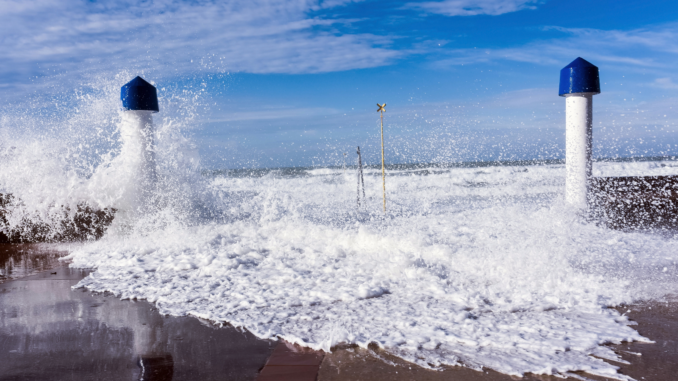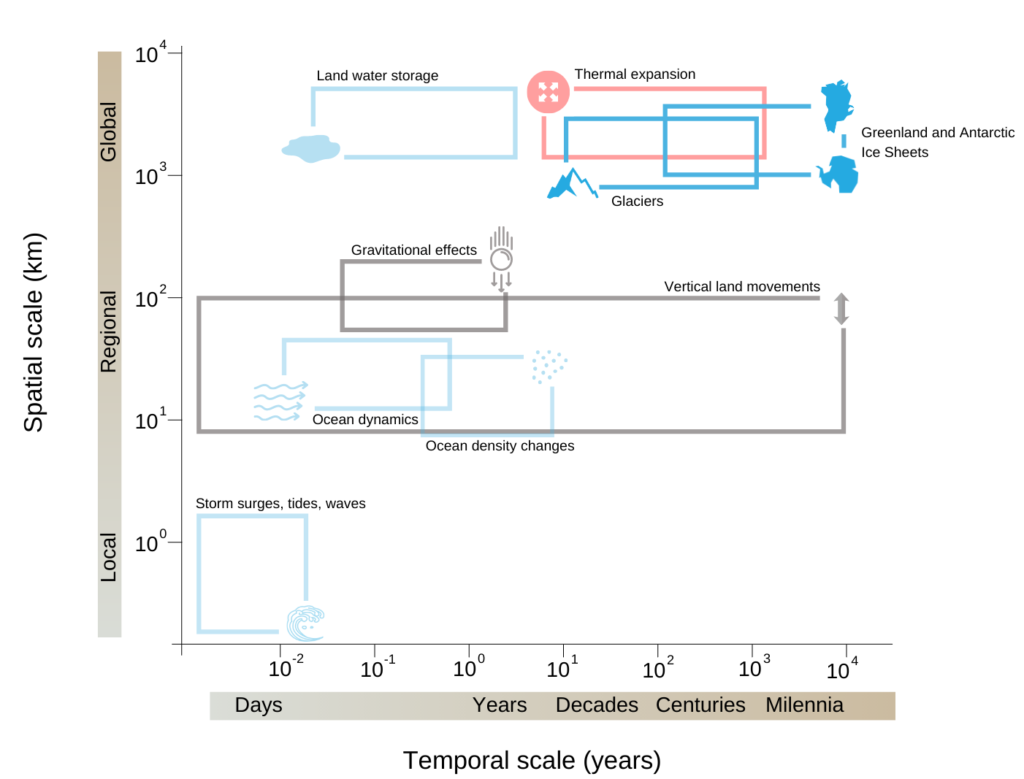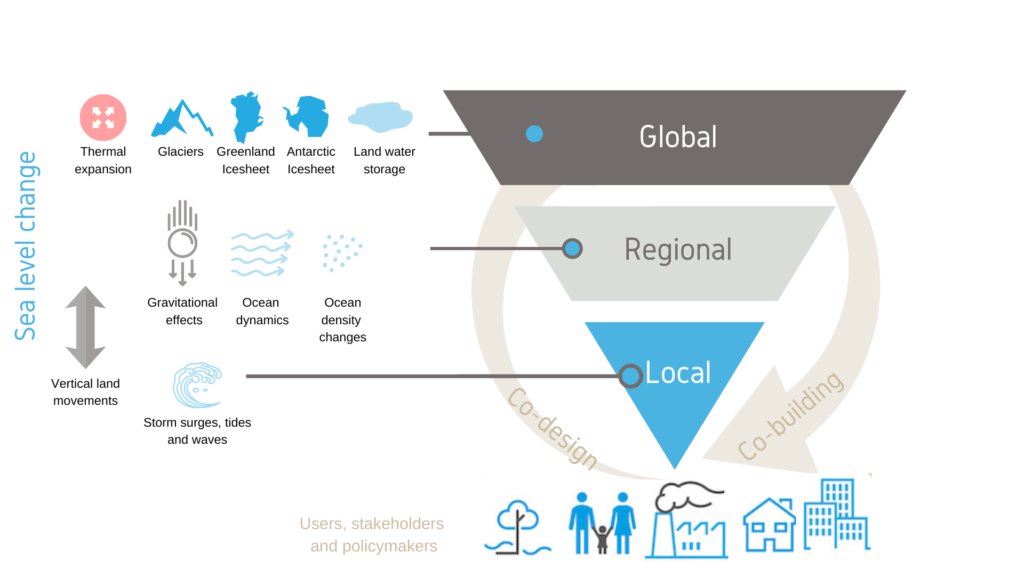
The paper “Sea level rise: From Global Perspectives to Local Services” is advocating the approach followed by PROTECT to address sea level rise and its impacts.
Here are the main results:
- Sea level is rising with serious potential impacts for the 300 millions people living in flood-prone areas, their infrastructures and coastal biodiversity
- Over most of the 20th century, global mean sea level has risen mainly due to warming and subsequent expansion of the upper ocean layers as well as the melting of glaciers and ice caps
- More recently increased mass loss of the Greenland and Antarctic ice sheets has also started to contribute significantly to contemporary sea level rise
- The future mass loss of the two ice sheets, which combined represent a sea level rise potential of ∼65 m, constitutes the main source of uncertainty in long-term (centennial to millennial) sea-level rise projections
- Sea level does not change uniformly across the globe and can differ greatly at both regional and local scales due to processes such as storm surges, tides and waves

- As a consequence, sea level mitigation and adaptation measures in coastal regions strongly depend on local land use and associated risk aversion
- To best prepare ourselves to the coming changes, we advocate that addressing the problem of future sea level rise and its impacts requires:
- Bringing together a transdisciplinary scientific community, from climate and cryospheric scientists to coastal impact specialists
- Interacting closely and iteratively with users and local stakeholders to co-design and co-build coastal climate services, including addressing the high-end risks


Leave a Reply